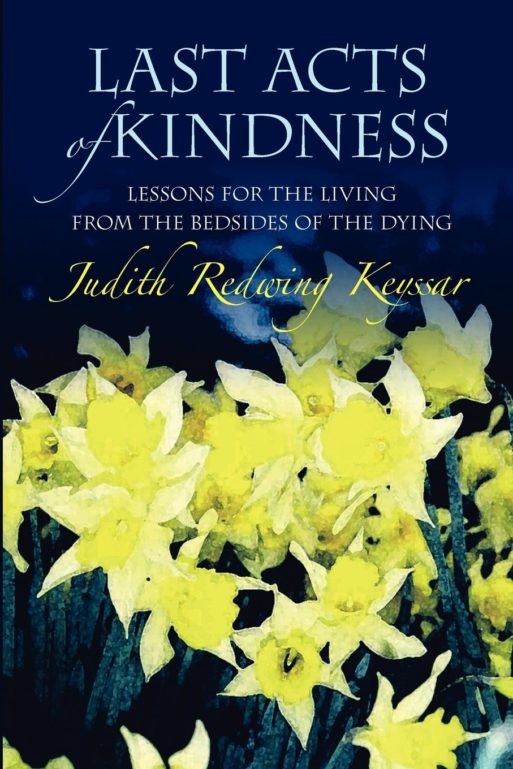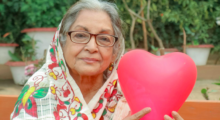 A few months ago, I interviewed Redwing Keyssar for the SevenPonds blog to get her perspectives on death, dying, and palliative care. Her book, Last Acts of Kindness, outlines Redwing’s unique philosophies and also provides a vital tool for health care professionals and others looking to understand and confront end-of-life situations with sensitivity and compassion.
A few months ago, I interviewed Redwing Keyssar for the SevenPonds blog to get her perspectives on death, dying, and palliative care. Her book, Last Acts of Kindness, outlines Redwing’s unique philosophies and also provides a vital tool for health care professionals and others looking to understand and confront end-of-life situations with sensitivity and compassion.
Redwing begins the book by detailing the life-changing experience of losing a close friend in an accident. This event set her on her personal life path to becoming a nurse specializing in (what would come to be known as) palliative care.
The book is structured in a way that allows Redwing to recount her numerous, often moving experiences with the dying. We start with “Stories of People Who Died in Hospital Settings,” and move on to those who’ve died at a residential facility/nursing home and those who’ve died at home. Redwing implies that people’s experiences can vary greatly depending on where they go through the end-of-life process, whether that is by choice or fate.
While all of the stories are emotional and contain similar themes, the reader is struck by the diversity of the experience that exists from story to story. For example, Leo takes a while to accept that he is dying, but when he does, there is “no urgency in death” —Redwing claims that once the inevitability is accepted, the drama and the chaos in the room cease to exist, and peace reigns instead.
As I read this passage, the phrase that came to my mind was from Dylan Thomas: “Do not go gentle into that good night / Rage, rage against the dying of the light.” Not everyone goes that way, I thought. Some people remain terrified, or rebellious, to the very end.
And lo and behold, the very next chapter — about the difficult passing of a woman named Linda — begins with this same quote! Clearly, Redwing understands, and has indeed witnessed, this diversity of experience.
Witnessing a death is an incredible honor, each one unique in its form, enriching in its lessons, poignant in its depth… I continue to learn from each person I attend and from each family member and friend who stands beside a person they love.
My one quibble with Last Acts of Kindness was the formatting — the chapters are organized such that Redwing’s more big-picture meditations are indented paragraphs, interspersed within the story. I felt like this wasn’t necessary, broke up the story, and made it (visually) more difficult to read. But this is fairly minor.
Overall, both medical professionals and laypeople could benefit from Redwing’s stories. In a culture where we too often ignore or try to conquer death, this collection is an excellent reminder that people of all walks of life will ultimately end up in the same place — and that, while it can be scary, dying can also be a beautiful event that brings you and those you love together. Instead of shutting our end-of-life patients away in rooms, we should bring their experiences out in the open because, like everyone else, they are people made of hopes, dreams, wishes, fears, and relationships. We could all do better to make dying a part of living.

 ”Last Acts of Kindness,” by Judith Redwing Keyssar
”Last Acts of Kindness,” by Judith Redwing Keyssar


 Having an Estate Plan Is Essential – So Is Discussing It With Your Children
Having an Estate Plan Is Essential – So Is Discussing It With Your Children
 The Healing Sound of Singing Bowls
The Healing Sound of Singing Bowls
 “Summons” by Aurora Levins Morales
“Summons” by Aurora Levins Morales














